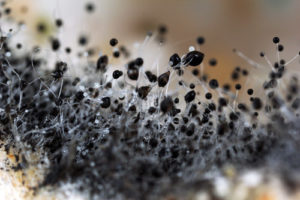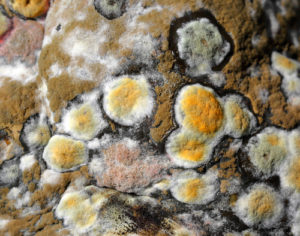Top Mold Questions Answered Part Two

Top Mold Questions Answered
Over the last few years, numerous stories about mold and its effects have made the rounds. How do you separate fact from fiction? This is the second in a series of blog posts in which our Manhattan mold removal experts clear up the confusion with answers to your top mold questions.
1. What’s the difference between mold and mildew?
Mildew and mold are both types of fungus. Mildew is a flat growth species, generally white or gray in color, that develops on shower walls, windowsills and other moisture points. Mold is made up of microscopic filaments known as hyphae. It can be black or green in appearance and grows on organic materials such as wood, fabric and paper as well as building walls, ceilings and floors.
2. What does mold smell like?
Mold produces a substance called microbial volatile organic compounds (mVOCs). When these compounds are released into the air, they generate the powerful musty smell associated with mold.
3. Is it necessary to sample or test for mold?
There are no federal standards defining what constitutes unacceptable mold levels. Removal should be done whenever there are visible signs of mold growth. Unfortunately, mold infestations don’t always develop in plain sight. Have Stern Mold’s experienced technicians conduct an inspection if you suspect hidden mold.
Get Peace of Mind with Effective Manhattan Mold Removal
Mold problems won’t go away on their own. Our non-invasive and eco-friendly MoldExterm treatment can usually be completed in one day. Contact Stern Mold to learn more.


